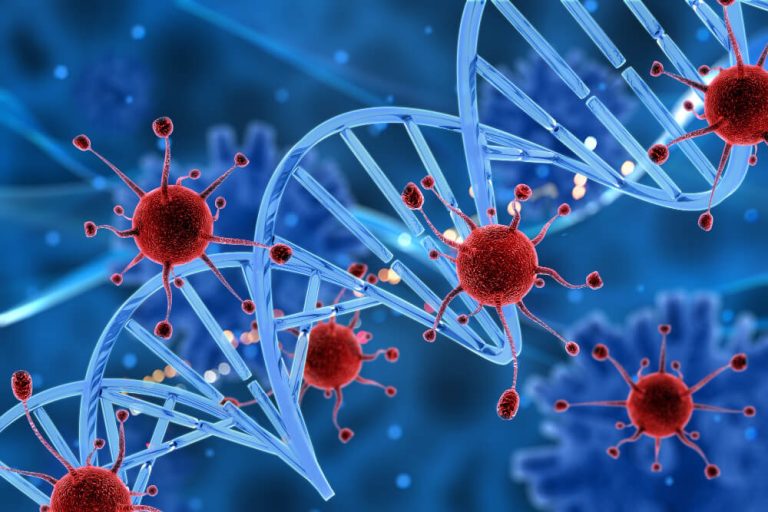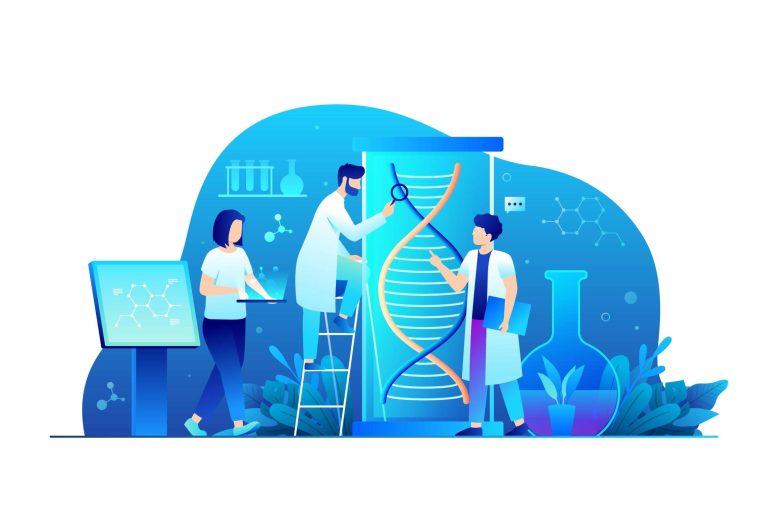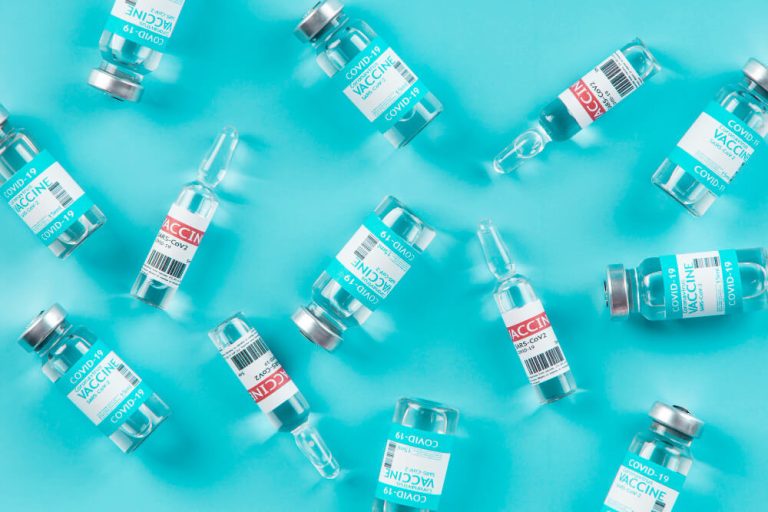The Ultimate Guide to the Modern Biohacking Clinic
Have you ever felt like you could be healthier, more focused, or more energetic, but traditional approaches just aren’t getting you there? You eat well, you exercise, yet something feels missing. This is where the concept of biohacking enters the conversation, shifting the paradigm from simply treating illness to actively pursuing optimal human function. It’s about taking control of your own biology using a systems-based approach, informed by data and science.
At its core, biohacking is the art and science of changing the environment around you and inside you so you have more control over your own biology. It’s a proactive, personalized path to upgrading your physical and cognitive performance. For many, this journey begins at a specialized center designed to make these advanced strategies accessible, safe, and effective. A modern biohacking clinic serves as a hub for these advanced strategies, combining cutting-edge technology with medical expertise to create a roadmap for your unique health goals.
These facilities are not your typical doctor’s offices. They represent a fundamental shift from reactive medicine, which waits for symptoms to appear, to proactive health optimization. Instead of just asking what’s wrong, they ask what could be better. This approach empowers individuals to move beyond ‘not sick’ and strive for a state of peak vitality, resilience, and longevity.

What Exactly is Biohacking?
Before diving into the specifics of a clinic, let’s clarify what biohacking truly means. The term might conjure images of tech billionaires with complex gadgets, but the reality is much more accessible. Biohacking exists on a spectrum. On one end, you have simple practices like meditating to manage stress, adjusting your diet to improve gut health, or optimizing your sleep environment for better rest. These are foundational biohacks anyone can do.
On the other end of the spectrum lies the world of the professional biohacking clinic. This is where do-it-yourself strategies are enhanced by medical supervision, advanced diagnostics, and powerful technologies that are not available for home use. It involves a deeper, more scientific approach to understanding your individual biological systems.
Think of it as personalized medicine supercharged with technology. It uses data from your genetics, blood biomarkers, and lifestyle to create interventions aimed at improving your health span, not just your lifespan. The goal is to feel younger for longer, maintain mental clarity, and build a body that is resilient to the stressors of modern life.
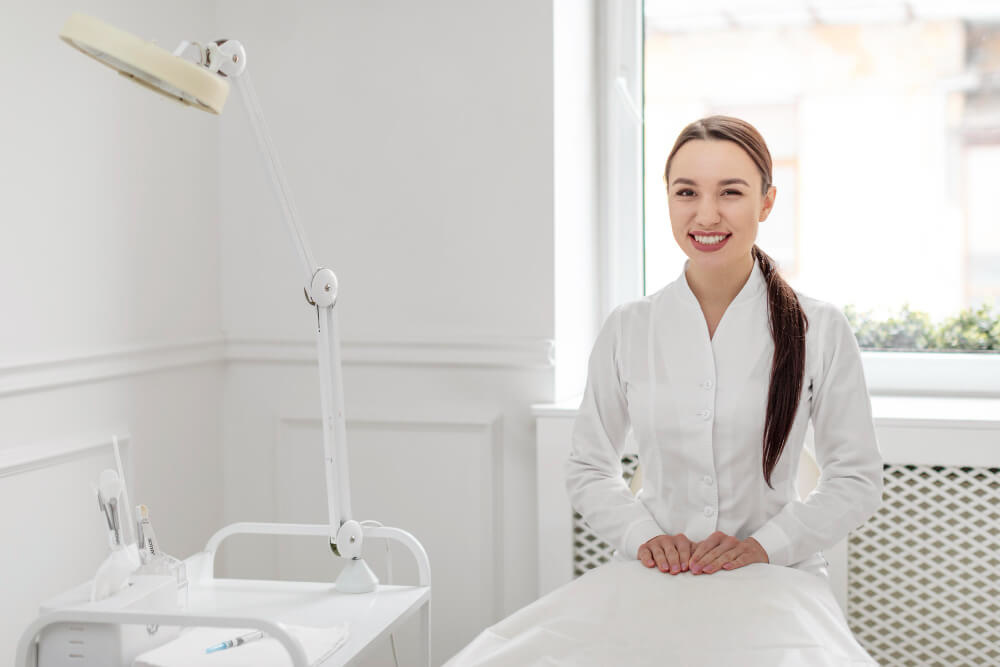
How Does a Biohacking Clinic Differ From a Regular Doctor’s Office?
The primary difference lies in philosophy and approach. A conventional medical practice is typically structured around diagnosing and treating disease. You visit when you have a specific complaint, a doctor identifies the problem, and a treatment, often a prescription, is provided to manage the symptoms. This model is essential for acute care and managing established diseases.
A biohacking clinic, however, operates on a model of optimization and prevention. The clients who walk through the door are often not sick in the traditional sense. They are healthy individuals who want to elevate their baseline. They are athletes seeking a competitive edge, executives aiming for enhanced cognitive function, or people who simply want to age gracefully and with vitality.
The entire process is different. The initial consultation is often far more extensive, delving deep into your lifestyle, goals, nutrition, stress levels, and sleep patterns. The diagnostic tools used go beyond a standard physical. They are designed to uncover subtle imbalances and future risks long before they manifest as symptoms. The resulting plan is not a single prescription but a multi-faceted, evolving protocol that may include dietary changes, targeted supplementation, and a schedule of therapeutic technologies.
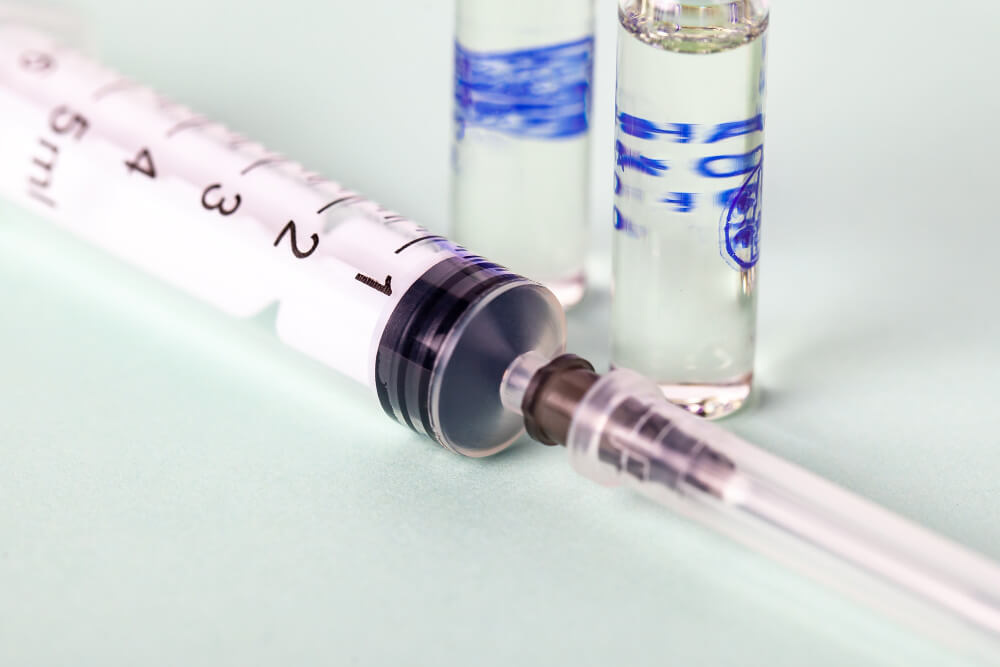
What Kinds of Services Are Offered?
A premier biohacking clinic is like a wellness playground for your cells. The menu of services can be extensive, but they generally fall into a few key categories, all working synergistically to upgrade your biological operating system.
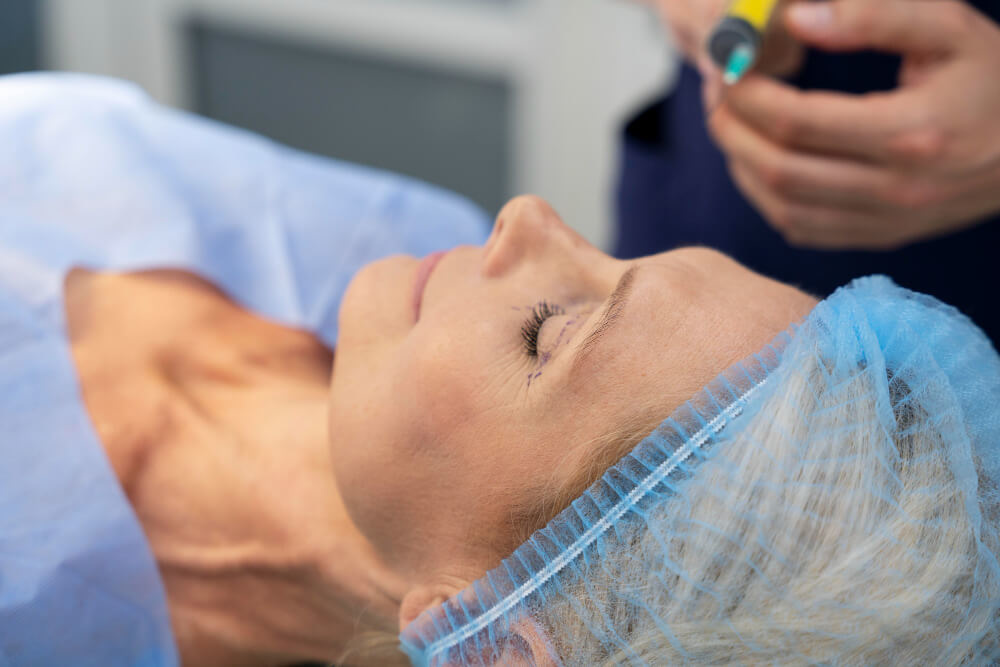
Can You Get Advanced Diagnostic Testing?
Everything in a biohacking clinic starts with data. You can’t optimize what you don’t measure. These facilities utilize comprehensive testing that provides a panoramic view of your health, far beyond what a standard check-up offers. This can include extensive blood panels that look at hundreds of biomarkers, from inflammatory markers and hormone levels to micronutrient status and metabolic function.
Genetic testing is another cornerstone, revealing predispositions and providing clues on how your body might respond to certain foods, supplements, or exercises. Some clinics also offer microbiome analysis to assess gut health or advanced imaging to measure body composition and visceral fat. This deep dive into your unique biology is the foundation upon which your entire personalized program is built.

What Are Some Common Therapeutic Technologies?
This is where biohacking clinics truly shine. They offer access to state-of-the-art equipment designed to stimulate the body’s natural healing and regenerative processes. While the specific offerings vary, many centers are exploring various biohacking technologies for clinical integration to enhance patient outcomes.
One popular therapy is cryotherapy, which involves exposing the body to extremely cold temperatures for a few minutes. This is believed to reduce inflammation, improve recovery, and boost metabolism. Another is Hyperbaric Oxygen Therapy (HBOT), where you breathe pure oxygen in a pressurized chamber, which can promote healing and cellular repair. Other common services include red light therapy for skin health and mitochondrial function, infrared saunas for detoxification, and Pulsed Electromagnetic Field (PEMF) therapy to ‘recharge’ your cells.
Many people first experience these modalities at accessible wellness centers. For instance, chains like Restore Hyper Wellness have brought services like cryotherapy and IV drip therapy to a wider audience, acting as a gateway for people curious about biohacking’s benefits.
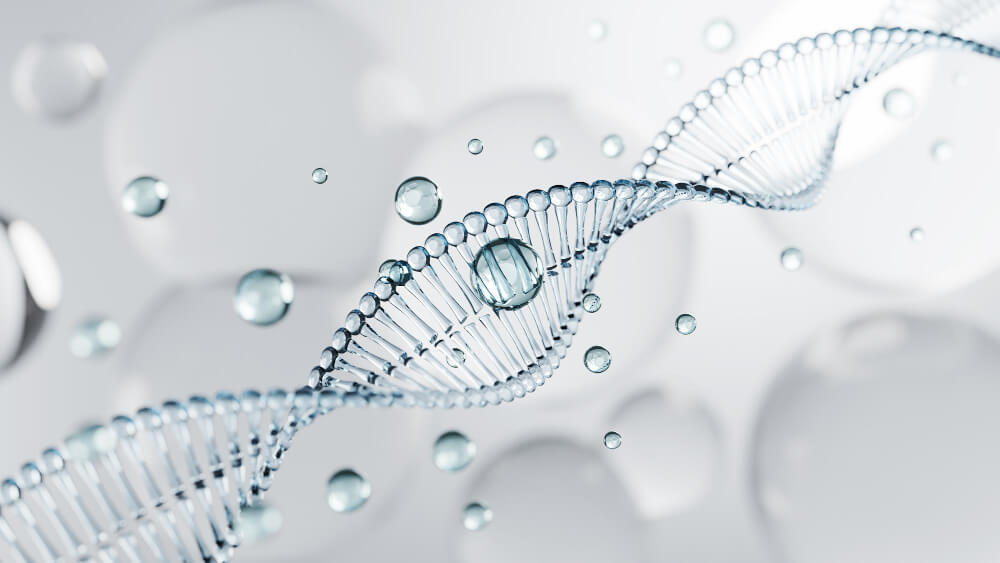
Is Nutrition and Supplementation a Key Part?
Absolutely. You cannot out-hack a poor diet. Nutrition is a fundamental pillar of any credible biohacking protocol. Based on your diagnostic results, a clinic will provide highly personalized dietary guidance. This goes beyond generic advice, specifying the types of foods that will best support your genetic makeup, correct your nutrient deficiencies, and help you achieve your goals.
Supplementation is also approached with surgical precision. Instead of recommending a generic multivitamin, a biohacking clinic will prescribe a targeted regimen of vitamins, minerals, and compounds based on your specific biomarker data. This ensures you are getting exactly what your body needs, in the right doses, to function at its best. This might include IV nutrient therapy, which delivers high concentrations of vitamins and antioxidants directly into the bloodstream for maximum absorption.

How is a Biohacking Plan Created Just for You?
The power of a biohacking clinic lies in its rejection of the one-size-fits-all model. Your protocol is yours alone, meticulously crafted based on your unique data, goals, and lifestyle. This process of personalization is continuous and dynamic.
It begins with the initial deep dive into your health through comprehensive diagnostics. A team of experts, which may include physicians, nutritionists, and health coaches, analyzes this wealth of information. They then sit down with you to co-create a plan that is not only effective but also realistic and sustainable for you to implement in your daily life.
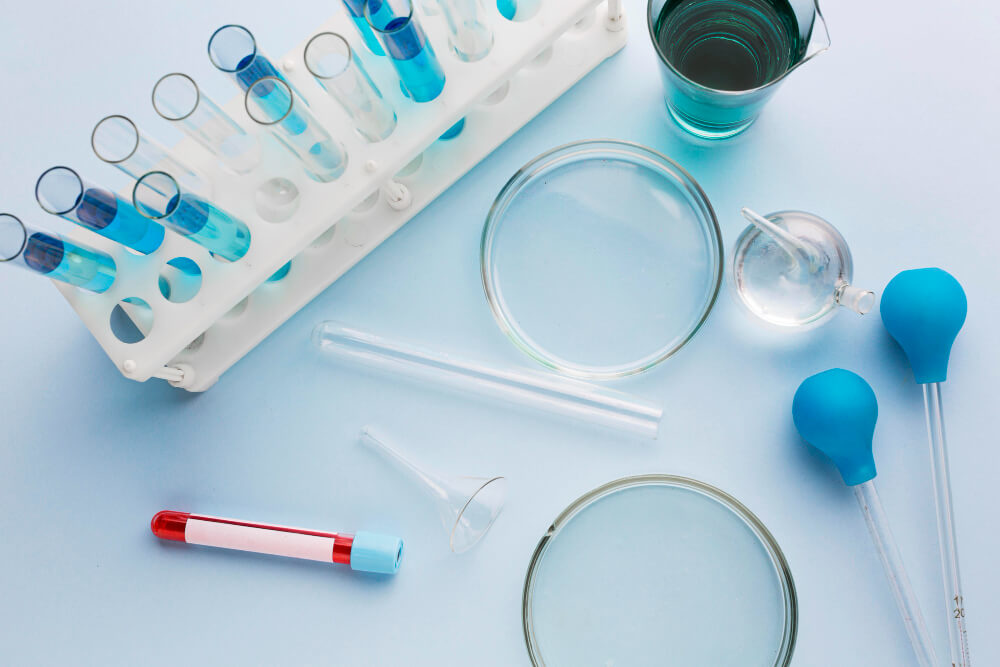
What Role Does Your Data Play?
Your personal health data is the guiding star of your biohacking journey. The initial diagnostic tests provide the baseline, but the data collection doesn’t stop there. Clinics are increasingly focused on wearable technology and data integration in patient plans. Data from your smartwatch or fitness tracker about your sleep quality, heart rate variability (HRV), activity levels, and stress response becomes a crucial part of the feedback loop.
This continuous stream of real-world data allows your clinical team to see how you are responding to the protocol in real time. Is the new supplement regimen improving your sleep? Is the post-workout cryotherapy session speeding up your recovery? This data-driven approach allows for constant refinement and adjustment of your plan, ensuring you are always on the most effective path toward your goals.
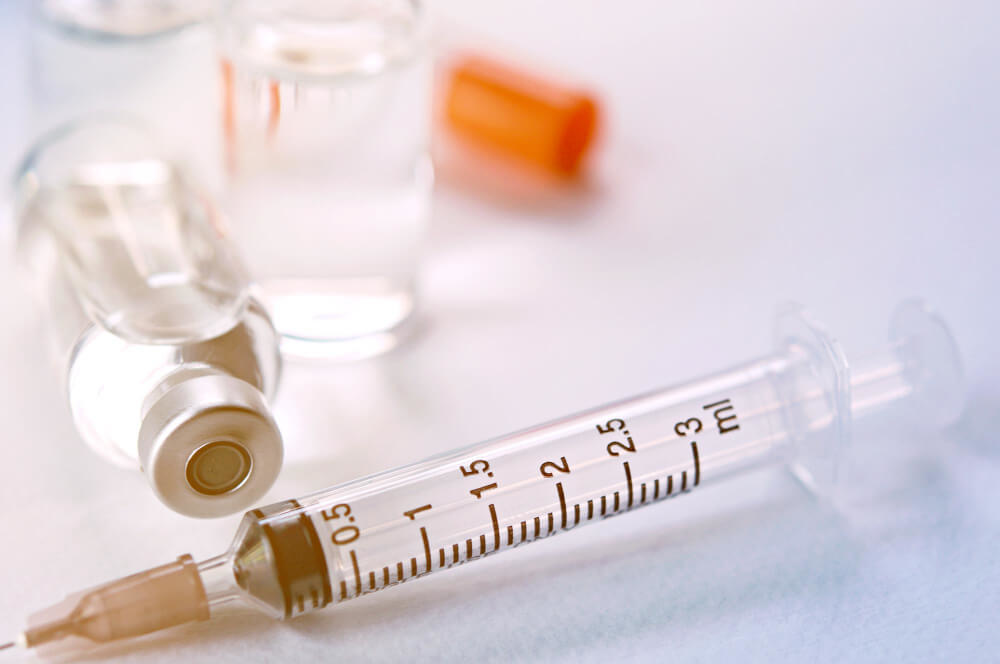
How Often Do You Re-evaluate Your Progress?
Biohacking is an iterative process of test, measure, and refine. Your progress is monitored continuously through wearable data and regular check-ins with your health team. More comprehensive biomarker testing is typically repeated at set intervals, such as every three or six months.
These re-evaluation points are critical. They show objective proof of what’s working and what isn’t. Perhaps your inflammation markers have dropped significantly, but your vitamin D levels are still suboptimal. This new data allows your team to tweak the plan, perhaps by adjusting your supplement dosage or introducing a new therapy. This dynamic cycle of feedback and adjustment is what drives real, lasting results.

Is There Scientific Evidence Behind These Methods?
This is a valid and important question. As with any emerging field, the level of scientific validation can vary between different modalities. A reputable biohacking clinic prioritizes evidence-based practices and is transparent about the science supporting their services. The goal is to bridge the gap between ancient wellness wisdom and modern scientific discovery.
Many core tenets of biohacking, such as the importance of sleep, a nutrient-dense diet, and stress management, are unequivocally supported by decades of research. Many of the specific technologies used also have a growing body of evidence supporting their efficacy for certain applications. For example, HBOT is a medically accepted treatment for a number of conditions and is being studied for many more.
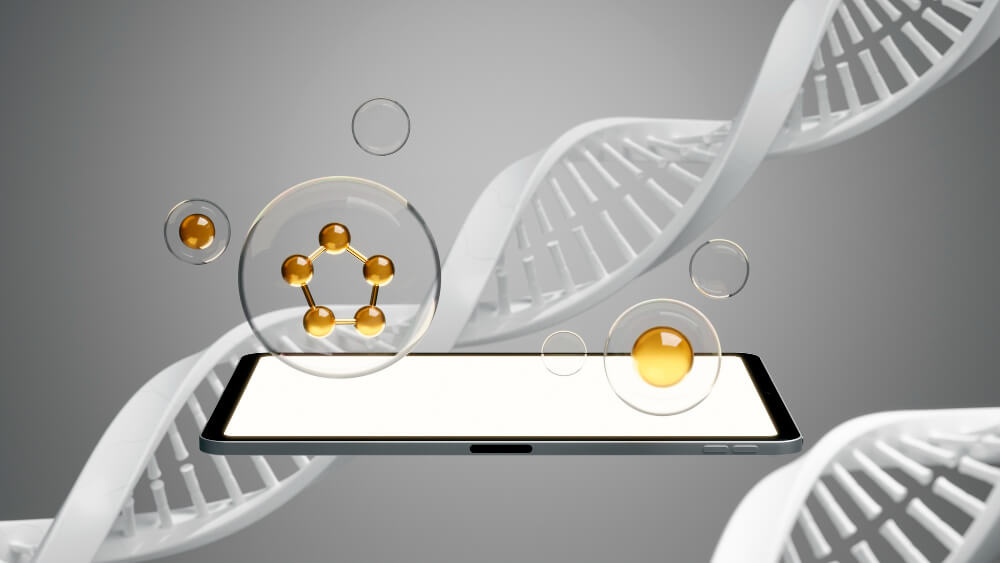
How Do Physicians Approach Biohacking?
An increasing number of forward-thinking physicians are embracing the principles of biohacking, often integrating them into a framework of functional or anti-aging medicine. They see it as the next logical step in personalized healthcare. For them, it’s about using the best available tools to move beyond the limitations of the traditional disease-care model. This approach is detailed in resources like a physician’s guide to evidence-based biohacking, which outlines how to apply these principles in a clinical setting responsibly.
These medical professionals are committed to separating the hype from the science. They carefully vet each technology and intervention, ensuring there is a plausible biological mechanism and a favorable risk-to-benefit ratio. Their involvement provides a crucial layer of safety, expertise, and credibility to the field, guiding patients away from unproven fads and toward strategies with real therapeutic potential.

Are There Professional Organizations for This Field?
Yes, the movement towards proactive, preventative, and performance-oriented medicine is supported by established professional bodies. Organizations like the American Academy of Anti-Aging Medicine (A4M) have been championing this approach for decades. They provide education, certification, and conferences for medical professionals dedicated to the principles of longevity and optimal health.
The existence of such organizations demonstrates that the core ideas behind biohacking are part of a larger, serious medical movement. They foster a community of practitioners dedicated to advancing the science of human healthspan and provide a platform for sharing the latest research and clinical best practices. This helps to legitimize the field and ensure that it continues to evolve in a scientifically rigorous and responsible manner.

How Did the Biohacking Movement Become So Popular?
The rise of biohacking is a response to several converging trends: a growing dissatisfaction with the limitations of conventional medicine, an increased public interest in wellness, and the explosion of personal health technology. People are more empowered than ever to take an active role in their own health, and biohacking provides them with a framework for doing so.
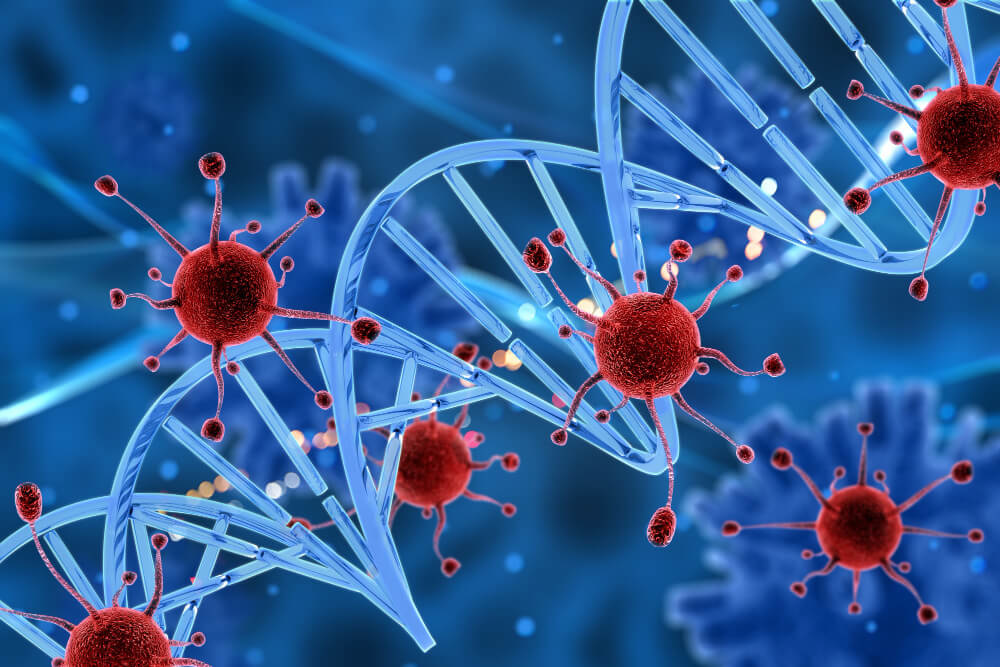
Who Are the Pioneers of Modern Biohacking?
The popularization of the term ‘biohacking’ can be largely attributed to figures like Dave Asprey, the founder of Bulletproof. Through his blog, podcast, and books, he introduced millions to the idea that you could systematically upgrade your mind and body. Brands like Bulletproof made concepts like butter in coffee and the importance of healthy fats part of the mainstream wellness conversation, inspiring a generation of citizen scientists to experiment with their own biology.
While pioneers like Asprey brought biohacking to the masses, the scientific underpinnings have been developing for much longer within the fields of functional and anti-aging medicine. The convergence of this grassroots enthusiasm with advancing medical science has created the vibrant and rapidly growing field we see today.
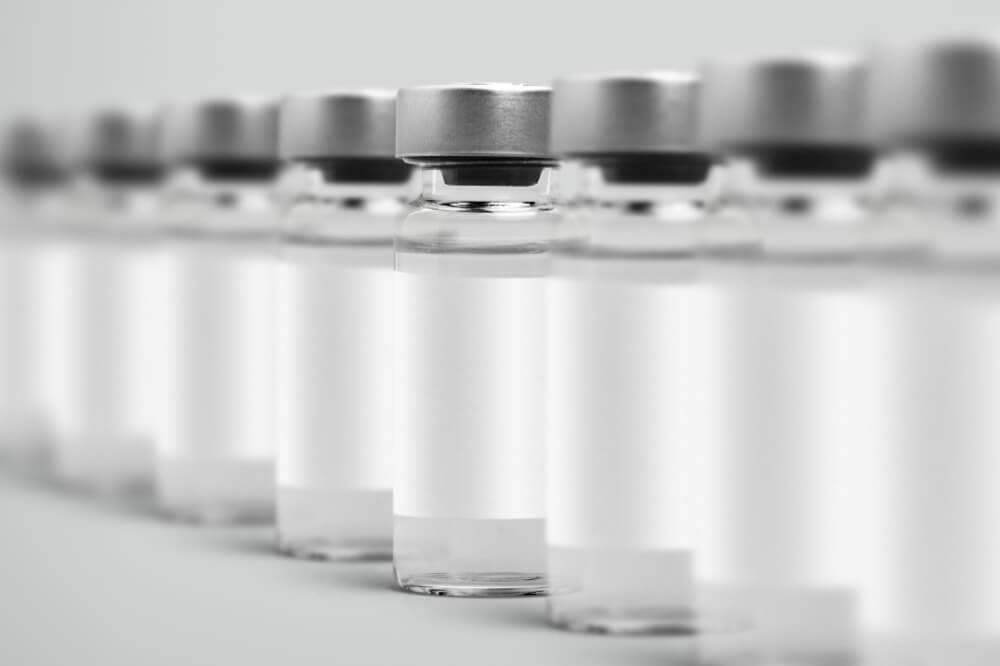
What Does the Future of Biohacking Look Like?
The future of the biohacking clinic is incredibly exciting. It points towards even more profound levels of personalization and preventative care. As technology becomes more sophisticated, we can expect to see deeper integration of real-time data from non-invasive sensors, giving us an even clearer picture of our health from moment to moment.
High-end clinics are already pushing the boundaries of what’s possible. Visionary companies like Fountain Life, co-founded by Tony Robbins and Dr. Peter Diamandis, are focused on using advanced diagnostics like full-body MRI scans and AI to detect life-threatening diseases at their earliest, most curable stages. This represents the ultimate form of proactive medicine, moving beyond optimization and into the realm of radical life extension.
As these technologies become more refined and affordable, the capabilities of the biohacking clinic will continue to expand. The goal is to create a future where your health protocol is as unique as your fingerprint, constantly adapting to keep you in a state of peak performance and vitality throughout your entire life.
In conclusion, a biohacking clinic is more than just a collection of fancy machines and tests. It is a partnership dedicated to unlocking your full biological potential. It offers a proactive, data-driven, and deeply personalized alternative to the traditional healthcare model. By giving you the tools and expertise to understand and influence your own biology, it empowers you to move from being a passenger in your health journey to being firmly in the driver’s seat.
Frequently Asked Questions

How can clinicians translate raw wearable data into actionable clinical insights?
Translating raw data into insights requires focusing on trends and context rather than isolated data points. For instance, a consistent downward trend in Heart Rate Variability (HRV) over several weeks, paired with patient-reported fatigue, could signal increasing physiological stress or a need to adjust a treatment plan. The first step is to establish a personalized baseline for each patient, which allows for the quick identification of meaningful deviations from their unique norm.
The key is to correlate wearable data with other clinical information and the patient’s lived experience. A sudden increase in resting heart rate is more concerning when seen in a post-operative patient than in someone who just started a new medication known to affect heart rate. Using integrated health platforms with strong data visualization tools helps clinicians spot these crucial patterns, turning a stream of numbers into a clear and actionable health narrative.
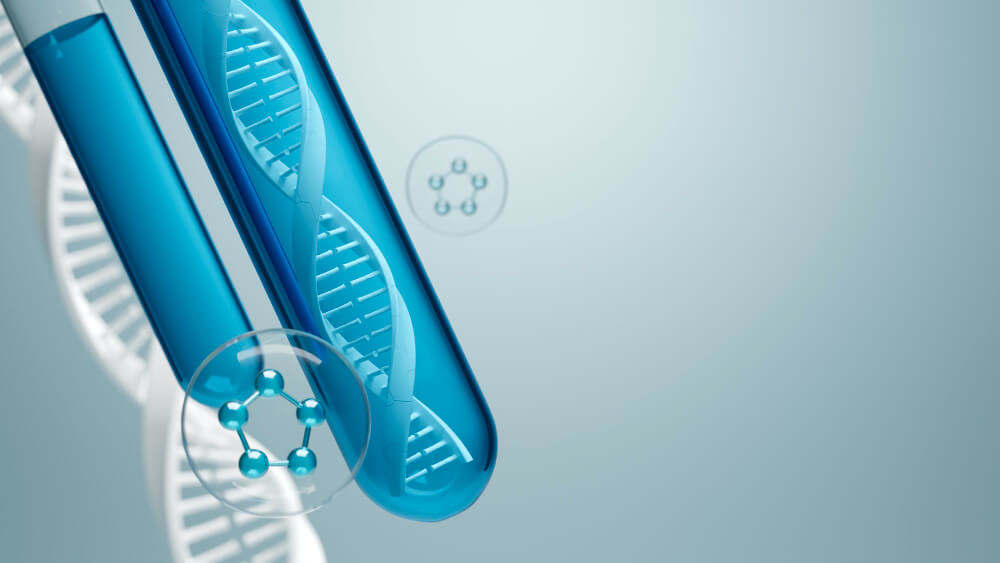
How is patient data from devices like Oura and WHOOP kept secure and compliant with HIPAA?
Securing patient data from consumer wearables involves a multi-layered approach built on consent, encryption, and legal agreements. Patients must first provide explicit, informed consent for their data to be shared with a clinical provider, typically through a HIPAA-compliant authorization process. The data is then transmitted from the wearable company’s API to the clinical platform using secure, end-to-end encrypted channels to prevent interception.
Once the data reaches the healthcare provider’s system, it is protected by the same robust security measures that safeguard all Electronic Health Records (EHRs). This includes strict access controls, audit logs, and storage on HIPAA-compliant servers. Furthermore, any third-party data integration platform must sign a Business Associate Agreement (BAA), which legally obligates them to uphold HIPAA’s stringent privacy and security standards.
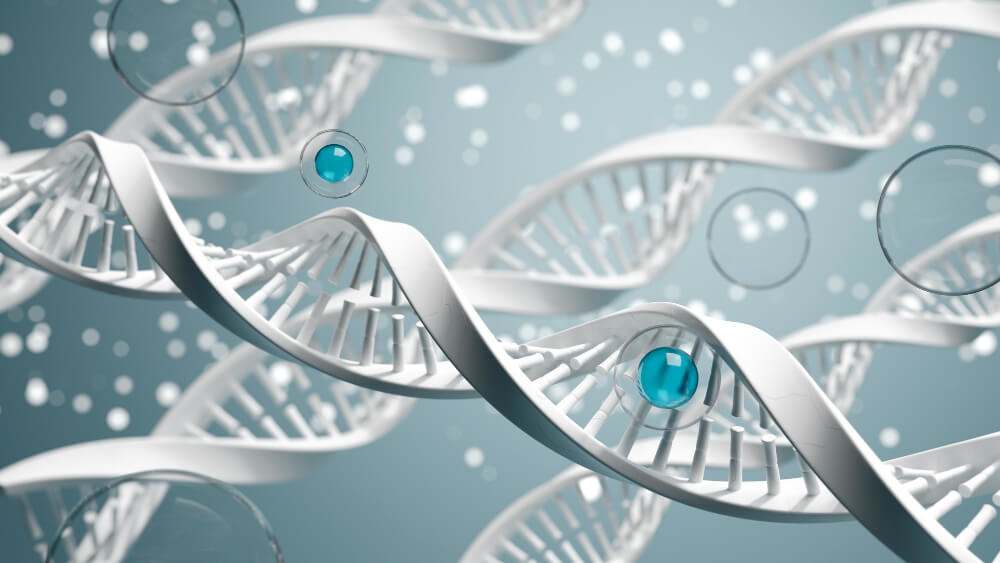
What are the first practical steps for a small clinic to begin using wearable data?
A small clinic should begin by launching a focused pilot program with a specific patient population, such as those with hypertension or chronic sleep issues. This allows the practice to manage the scope and test workflows effectively without a massive initial investment in technology or staff training. Select a single, user-friendly data aggregation platform that can connect with multiple wearable brands and, ideally, integrate with your existing EHR system.
After choosing a platform, establish clear protocols for both staff and patients. Designate a team member to be responsible for monitoring the data and define specific biometric triggers that warrant a clinical follow-up. Crucially, you must educate participating patients on the program’s goals, how their data will be used to support their care, and what is expected of them to ensure engagement and success.
Are you ready to transform your practice and lead the future of personalized health? Talking Longevity offers the key to unlocking your potential. Discover the most comprehensive functional medicine training, longevity training, and biohacking certification programs designed specifically for healthcare professionals, medics, and clinic owners who want to master regenerative medicine protocols and anti-aging therapies.





